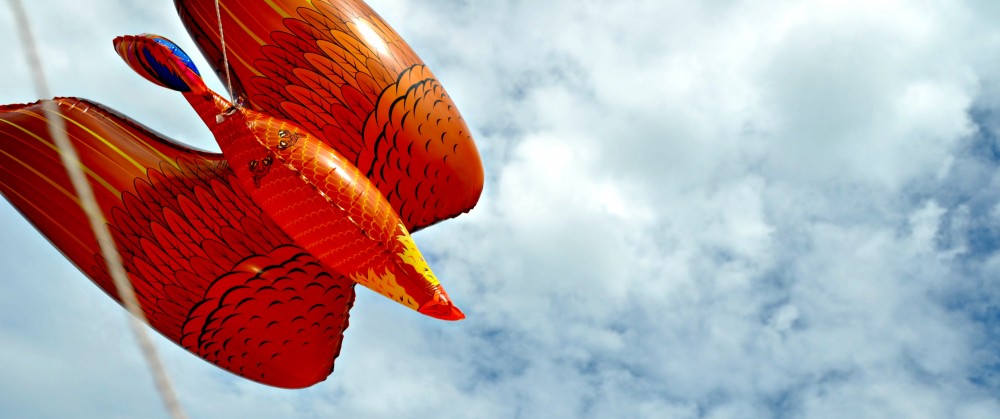Stevia is an incredibly sweet herb, obtained by a natural selective breeding process of the sweetest Stevia parent plants. The sweetener, stevioside, extracted from the plants, is 300 times sweeter than sugar. The fresh leaves have a nice liquorice taste. What makes the Stevia plant so special is that it can be used to replace sugar (sucrose). Many different uses of Stevia are already well-known: as table sugar, in soft drinks, pastry, pickles, tobacco products, candy, jam, yoghurt, chewing gum, sorbets… The dried leaves of Stevia are about 40 times sweeter than sugar.
The documented properties of Stevia are antibacterial, anti fungal, anti-inflammatory, anti-microbial, anti-viral, anti-yeast, cardiotonic, diuretic, hypoglycemic and hence a boon to diabetic people, hypotensive, tonic, and vasodilator. Indeed, the leaves contain diterpene glucosides with a sweet taste but which are not metabolised and contain no calories. The biggest part of the sweet glucosides consists of the stevioside molecule.
Stevia rebaudiana Bertoni (Bertoni) is a perennial herbaceous plant and is part of the Asteraceae family. This family includes well-known plants such as dandelion, sunflower and chicory. The history of the culture of Stevia mainly stems from Paraguay and Brazil. Originally Stevia only grew in the northern regions of South America but its cultivation has become popular worldwide. . The plant has been known for centuries by the native Guaranay-Indians for the sweet taste of its leaves. They use it, amongst other things, to make “mate” herbal tea. Stevia is often referred to as the “sweetest plant of the world”.
Its leaves are about 5 cm long and 2 cm wide and are planted crosswise, facing each other. In the wild, the height of the plant varies from 40 to 80 cm but when cultivated, the Stevia can become 1 metre high. Stevia can be grown on relatively poor soil. The plants can be used for commercial production for 6 years, during which five times a year a harvest takes place of the part of the plant that is above the ground. The roots remain in place and so the plant regenerates again. Plants, which are 1 metre high, have a dry weight of 70 g on average. The dry weight of the leaves can vary from 15 to 35 g per plant.
It is a completely natural non-synthetic product; o Stevioside (the sweetener) contains absolutely no calories; The leaves can be used in their natural state; Thanks to its enormous sweetening power, only small quantities need to be used; The plant is non-toxic; The leaves as well as the pure stevioside extract can be cooked; No aftertaste or bitterness; Stable when heated up to 200 degrees; Non fermentative; Flavour enhancing; Clinically tested and frequently used by humans without negative effect; Ideal, non-addictive sweetener for children.
Components of stevia sweeteners contain zero calories, which mean these sweeteners may sweeten food and beverages resulting in fewer calories. Further, research has shown that stevia sweeteners do not contribute calories or carbohydrates to the diet and do not affect blood glucose or insulin response, which allows people with diabetes to consume a greater variety of foods and comply with a healthful meal plan. Stevia sweeteners are an excellent alternative for use in foods and beverages such as diet beverages. The sweet components in stevia sweeteners are naturally occurring which may further benefit consumers who prefer foods and beverages they perceive as natural.
Agrowide Business of My Beeway Corporation under Aldritz Corporation Plants wherein Stevia Plants where located.
The purpose of this blog is to provide as much information about stevia. this information and photos are given by Mr. Anthony Vega, manager of Beeway Corporation, affiliated company of Aldritz corporation, makers of the best known brand “pau d’ arco” that they are using “stevia plant” for their Barako Coffee.



This is my first time pay a visit at here and
i am really impressed to read all at one place.